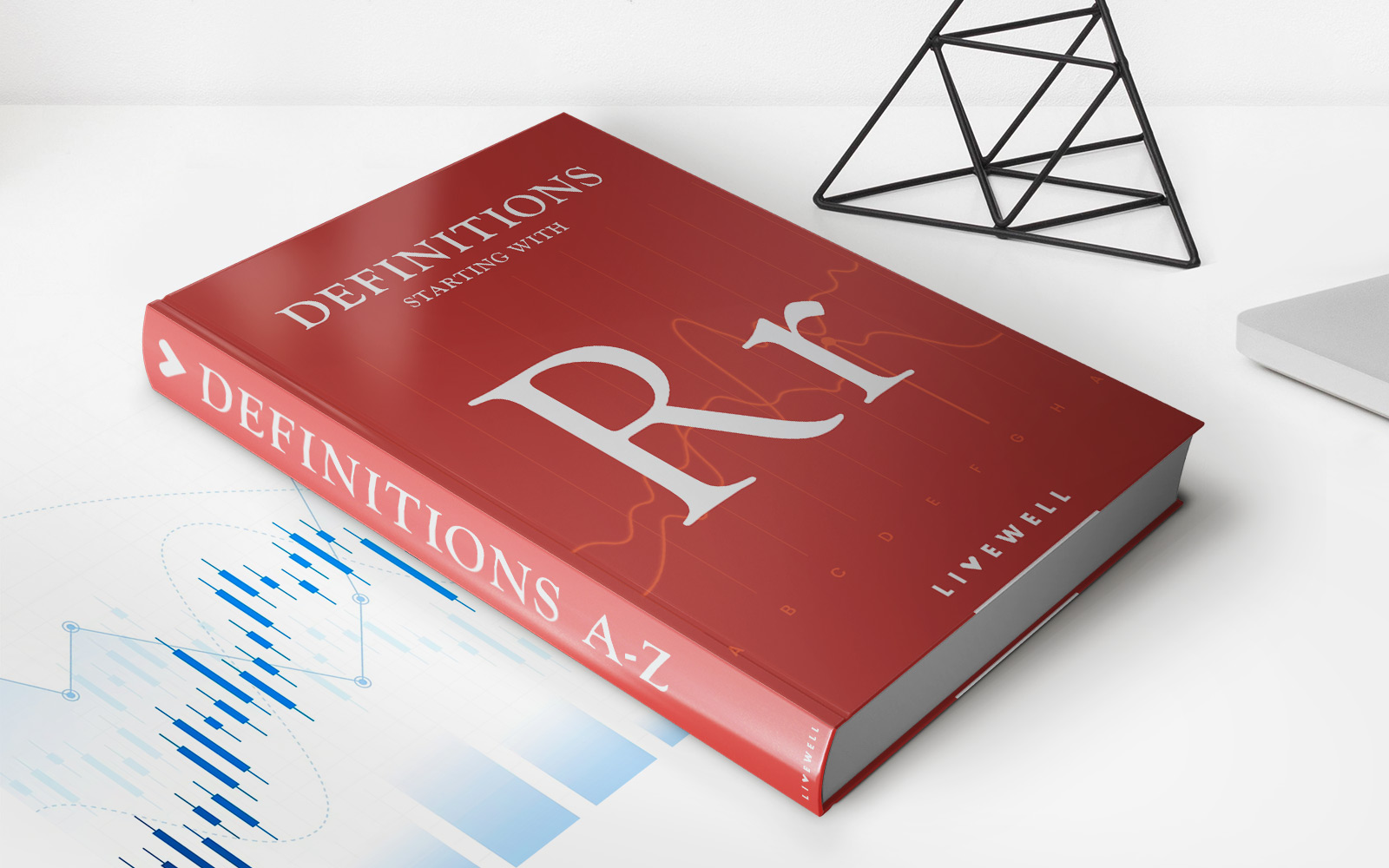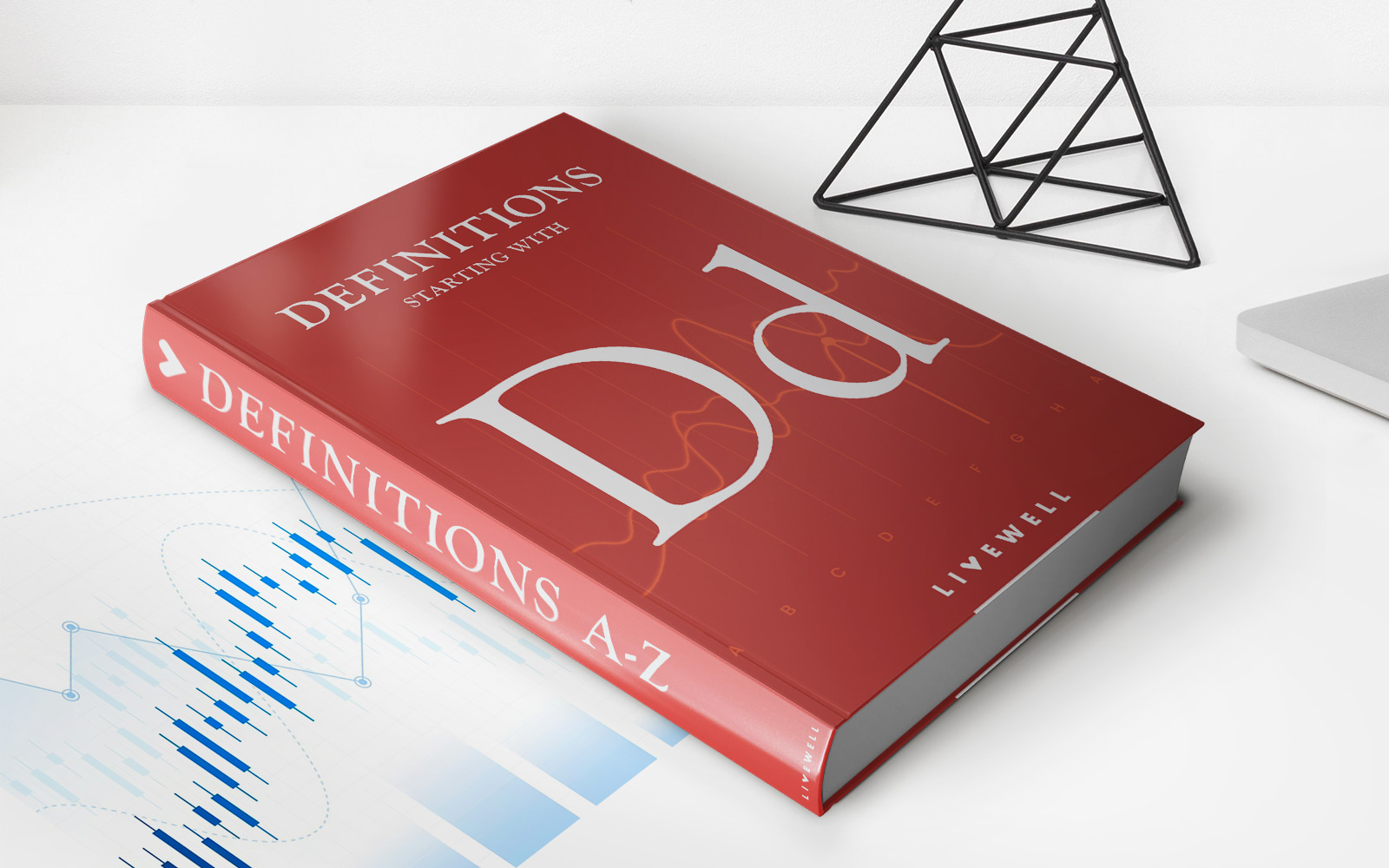Home>Finance>What Is Gearing? Definition, How’s It’s Measured, And Example


Finance
What Is Gearing? Definition, How’s It’s Measured, And Example
Published: November 30, 2023
Learn about gearing in finance, including its definition, how it is measured, and see an example. Understand how gearing impacts financial decisions.
(Many of the links in this article redirect to a specific reviewed product. Your purchase of these products through affiliate links helps to generate commission for LiveWell, at no extra cost. Learn more)
What is Gearing in Finance?
When it comes to managing your finances, it’s important to have a good understanding of various terms and concepts. One such concept that is commonly used in finance is gearing. Gearing refers to the financial leverage or borrowing that a company or an individual uses to invest and generate returns. It is a measure of how much debt is used to finance investments or operations.
How is Gearing Measured?
Gearing is usually measured using a ratio called the debt-to-equity ratio. This ratio compares a company’s total debt to its total equity. In simple terms, it shows how much of a company’s financing comes from debt compared to equity. A high debt-to-equity ratio indicates that a company has more debt than equity, while a low ratio indicates a higher proportion of equity financing.
Example of Gearing:
Let’s say you are a budding entrepreneur planning to start your own small business. You have $50,000 of your own savings, and you decide to borrow an additional $100,000 from a bank to invest in your business. In this scenario, your equity (your savings) is $50,000, and your debt (the bank loan) is $100,000. Your debt-to-equity ratio would be calculated as $100,000 divided by $50,000, which equals 2. This means that you have twice as much debt as equity in your business.
Key Takeaways:
- Gearing refers to the financial leverage or borrowing that a company or an individual uses to invest and generate returns.
- Gearing is measured using the debt-to-equity ratio, which compares a company’s total debt to its total equity.
Gearing is an important concept in finance as it can indicate the financial risk and stability of a company. A higher level of gearing can increase the potential returns on investment, but it also increases the risk associated with a company’s financial obligations, as higher debt levels may be harder to manage and repay in difficult economic conditions.
Understanding gearing can help individuals and businesses make informed decisions about their financial strategies. By carefully considering the level of gearing and its implications, you can strike a balance that aligns with your risk tolerance and financial objectives.
So, the next time you come across the term gearing in finance, you’ll have a better understanding of what it means and how it’s measured. Remember, it’s always wise to seek professional advice before making any significant financial decisions.














